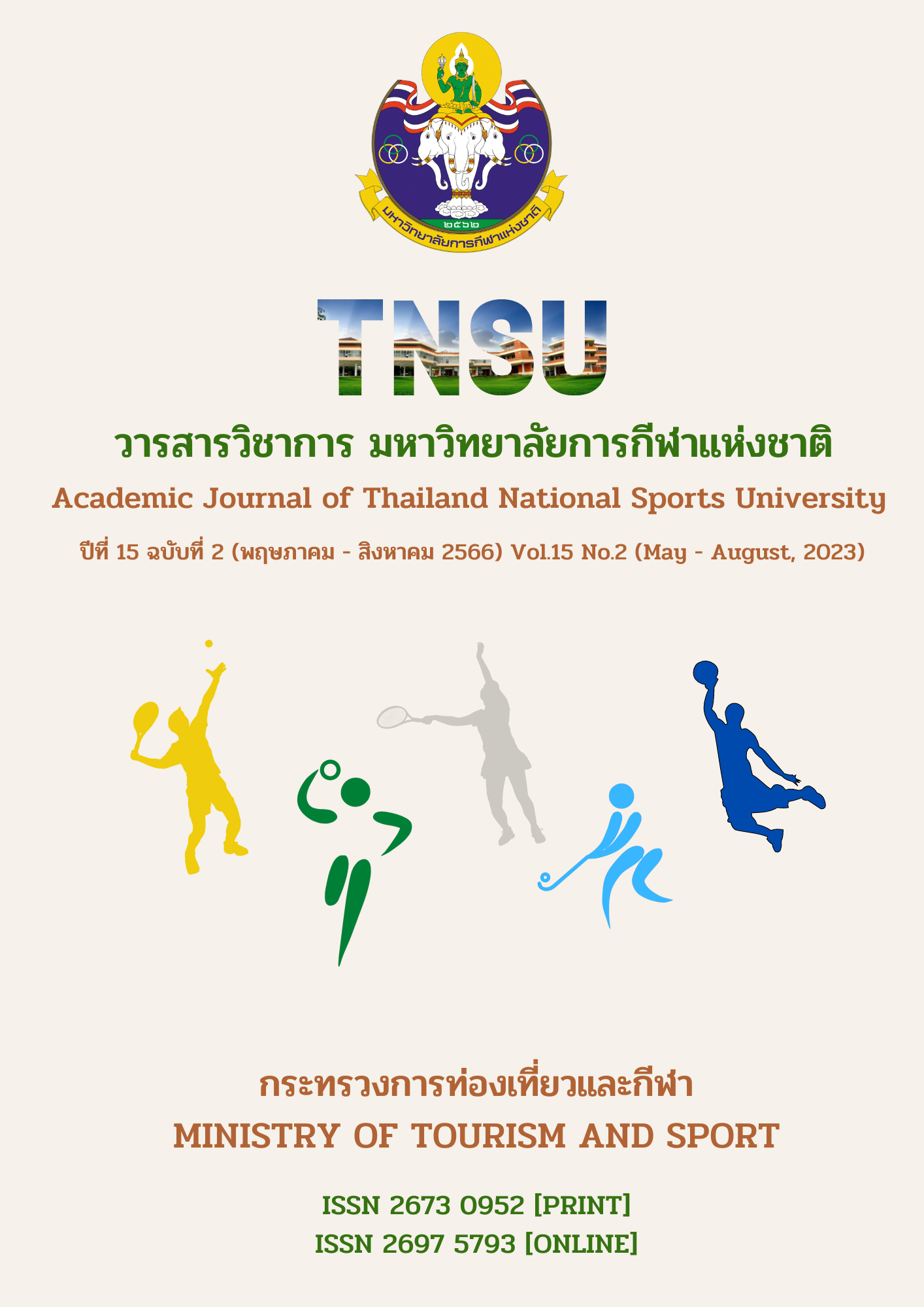THE RASULTS OF THE ENVIRONMENTAL ANALYSIS OF THE ADMINISTRATION OF RAJABHAT UNIVERSITY TO PREPARE FOR THE TRANSFORMATIONS
Main Article Content
Abstract
This research aimed to analyze the environment (Environmental Analysis) of Rajabhat Universities, in order to prepare for the upcoming transformations using descriptive research method which was divided into 3 steps 1) collecting data from documents 2) opinions survey of Rajabhat University Council members, the presidents, Faculties, and Administrators 3) Interview the opinions of experts in higher education, Rajabhat University Council members, the presidents, community leaders, and graduate users.
There were two sample groups 1) Questionnaire: 6 presidents using the purposive sampling method, 18 committees of the Rajabhat University Council who are the external experts, 60 faculty members and staffs in Rajabhat University using simple random sampling, a total of 84 persons. The research instrument was a semi-structured questionnaire. The quality of the questionnaire was examined by calculating the IOC (Index of Consistency) index of 0.50 or higher, for a total of 150 questions, there were 144 items with conformity index 1, 3 items with conformity index 0.8, and 3 items with conformity index 0.6, and 2) The interview: 4 experts in higher education, 6 committees of the Rajabhat University Council, 4 administrators of Rajabhat University, 4 community leaders, 9 graduate users, using the purposive method, a total of 27 people. The research instrument was a semi - structured interview. The quality of the instruments was examined by 5 experts to check the content validity and clarity of language use. As for the data analysis, a content analysis method was used by categorizing the issues, providing frequency tables, and synthesizing.
From the research, there were important findings as follows: 1) Strengths: Rajabhat Universities have a close relationship to the community, have the local knowledge with 38 institutions network across the country, have the sufficient resources for operations, and have clear policies and missions. 2) Weaknesses: The weak cooperative networks, the data linking is not effective enough to bring information to improve operations in each aspect. 3) Opportunities: to provide support at the policy level by setting clear development goals, having the budget support from the government and the work in a network through the President's meeting leads to the clear and strong policies and guidelines; and 4) Threats: the number of students were decreasing with higher educational costs and inflexible rules, regulations, or procedures.
Article Details

This work is licensed under a Creative Commons Attribution-NonCommercial-NoDerivatives 4.0 International License.
The published article is a copyright of the Academic Journal of Thailand National Sports University. The passage appeared in each article in this academic journal is a perspective of each author which is not related to the journal. Each author is required to be responsible for all components of his/her own article. If there are any mistakes, each author must be responsible for those mistakes on his/her own.
References
Aarom M. Renn. (2018). Six forces disrupting higher education. Retrieved from https://www.manhattan-institute.org/html/6-forces-disrupting-higher-education-11273.html
Abigail Hess. (2017). Harvard business school professor: Half of American colleges will be bankrupt in 10 to 15 years. Retrieved from https://www.cnbc.com/ 2017/11/15 /hbs-professor-half-of-us-colleges-will-be-bankrupt-in-10-to-15-years.html
Arnon Sakworawich. (2016a). Can universities survive? Retrieved from https://www.manager. co.th/Daily/ViewNews.aspx?NewsID=9590000051896
Arnon Sakworawich. (2016b). Alas! preparing for mourning for Thai universities. Retrieved from http://www.thaiquote.org/content/5655
Campus Star. (2019). Top 10 Rajabhat universities in Thailand, which ranking in the world. Retrieved from https://campus.campus-star.com/education/77859.html
Enactment of Rajabhat University. (2004). Government Gazette. 121, 23 A. Page 1 – 25.
Office of the Higher Education Commission. (2016). The summary of the data analysis of the Reprofiling policy driving of Rajabhat universities.
Office of the Higher Education Commission. (2019). Higher education strategic data. Retrieved from Retrieved from http://www.info.mua.go.th/info/
Roland Berger. (2017). Trend compendium 2030: Understanding and applying megatrends. Retrieved from https://www.rolandberger.com/en/Insights/Global-Topics/Trend-Compendium.html
Somjintana Jirayukul. (2011). Proposed educational provision strategies for Rajabhat universities to enhance community’s economic strengths (Doctoral dissertation), Chulalongkorn University.
Thanes Nunman. (2018). Disorganized in America’s higher education, lesson gaze for crisis escaping. Retrieved from https://www.posttoday.com/politic/report/547451
Thanes Nunman. (2019). The last era of “universities” Which are not change. Retrieved from https://www.posttoday.com/politic/report/578366
Webometrics Ranking Web of Universities. (2019). Thailand. Retrieved from


